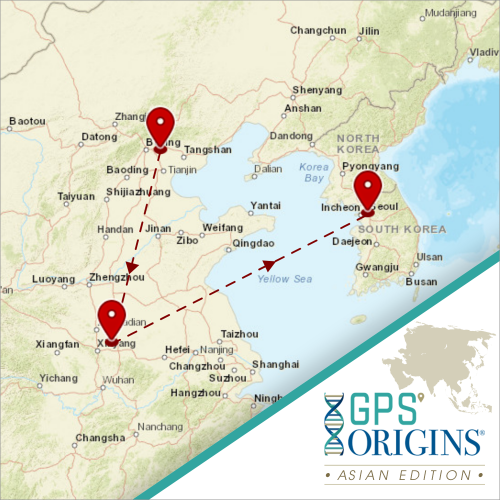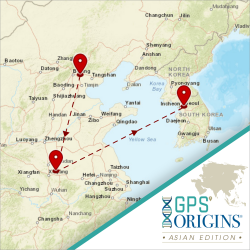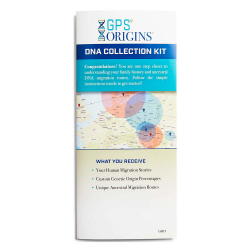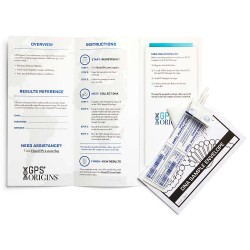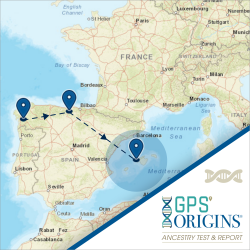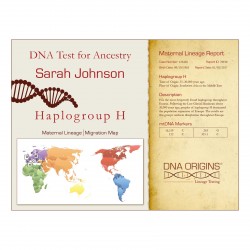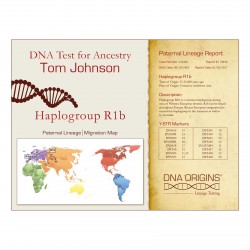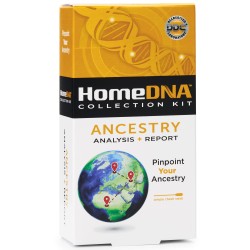Pinpoint your Asian ancestry today!
For individuals of Asian descent, GPS Origins® Asian Edition offers unprecedented visibility into your family’s history using your DNA to unlock the past. The level of precision is enabled through a sophisticated algorithm that includes seventeen Asia-specific gene pools and hundreds of Asia-specific and other reference populations. Test results show your detailed Asian ethnicity as well as your full profile of ethnic percentages from around the globe. You also receive your ancestors’ migration routes going back 2,000 years, with date stamps and geographic coordinates. Historical events reconstructed by professional anthropologists explain the reasons why your DNA appeared in a select regions at certain points in time.
Asia-specific gene pools included in testing:
- Northern India
- Southwestern India
- Southeastern India
- Western Siberia
- Silk Road
- Northeastern Siberia
- Northern Mongolia and Eastern Siberia
- Northeastern China
- Sino-Tibetan and Hmongic Southeast Asia
- Central Southern China: Yunnan and Guangxi
- Tuva
- Japan
- Bougainville
- Austronesian Southeast Asia
- Papuan New Guinea
- Austronesian Oceania
- Arabia
Kit Contents:
- Easy-to-follow instructions
- Cheek swabs for DNA collection
- Postage-paid envelope for returning samples to the lab (U.S. customers only)
Results Back:
- Just 6 weeks from receipt of samples at the lab
